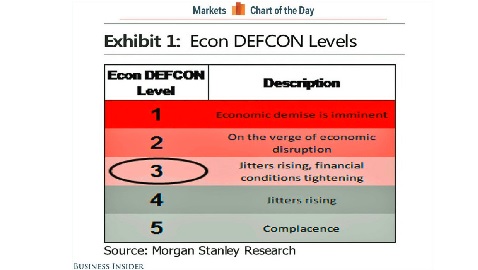Movement of Molecules Throughout Mobile Membranes
Post Views 4Diffusion is essentially the motion of molecules from the location of upper focus to some area of cheaper focus as the outcome of thermal movement. Diffusion is a vital method in human physiology. Specifically, diffusion may be the mechanism of movement of oxygen, nutrients and other molecules across the capillary partitions and then the movement of other molecules across membranes. The amount of content crossing a floor for each device of your time is named flux and relies upon upon the main difference in concentrations amongst two compartments exactly where motion is possibly going to manifest. When diffusion involving two compartments is equal, this means no web movement, the platform has attained diffusion equilibrium. Net flux is zero and there isn’t any further more modifications in focus. Big difference in focus, temperature, and surface area of diffusion are all positively correlated while using the course and magnitude of net flux. Although the mass of molecules in alternative are negatively correlated with way and magnitude of web flux. Enough time that it takes for diffusion to arise increases in proportion towards the square in the distance greater than which molecules diffuse. Diffusion, for that reason, is only helpful for moving molecules in excess of minor distances.
The membrane possible certainly is the separation of electric fees across a membrane. The separation of rates influences the movement of ions across the membrane. This could certainly act independently of or at the side of, or in opposition to, the power generated by concentration variances. The electrochemical gradient refers to these two forces collectively: the pressure because of rates and the force thanks to concentration discrepancies.
In buy to accomplish this, a solute (molecule being transported) binds to the particular online site with a transporter on just one floor of your membrane. The transporter then changes form so as to expose the bound solute with the reverse side for the membrane. The solute then dissociates through the transporter and finds alone on the other side of exactly where it began. Based on the membrane, and then the requires of the mobile setting, there may be lots of styles professional dissertation editing of transporters existing with exact binding web pages for special kinds of substances. Solute flux magnitude by means of a mediated transport platform is positively correlated considering the variety of transporters, the speed of conformational adjust while in the transporter protein, and the on the whole saturation of transporter binding web sites and https://writing.wisc.edu/Handbook/thesis_def.html that is depending on the solute concentration and affinity from the transporter. They are essential aspects to consider in obtaining huge elements through a membrane.Any time a system reaches equilibrium, the osmolarities of intra- and extracellular fluids will be the exact same. An isotonic alternative is a remedy through which cells will neither swell nor shrink, this is certainly assuming the cells are put right into a alternative of non-penetrating solutes using the similar osmolarity as being the extracellular fluid. The crucial element factor tends to be that there isn’t a net movement within an isotonic answer. In a very hypotonic treatment, the answer comprises a lot less non-penetrating solutes, plus the cells, for this reason, take in drinking water and then the cells swell. Ultimately, a hypertonic option is a single where the solution https://www.phddissertation.info/tips-in-writing-a-literature-review-phd/ incorporates extra non-penetrating solutes and h2o moves outside of the cells and they shrink. It can be very important to recognize that penetrating solutes will not add on the tonicity for the resolution.
Some cells will engulf substantial international particles by way of a procedure generally known as phagocytosis.
Movement of Molecules Throughout Mobile Membranes by


 New World for Public Employment in Wisconsin
New World for Public Employment in Wisconsin  Maintenance Mistake Tanks Nuclear Plant – 585 Jobs at Stake
Maintenance Mistake Tanks Nuclear Plant – 585 Jobs at Stake  Economy Is at “DEFCOM 3”
Economy Is at “DEFCOM 3”  Feds Cheer the Rise in Gas Prices, Which Made a Big Leap, While the Rest of Us Groan
Feds Cheer the Rise in Gas Prices, Which Made a Big Leap, While the Rest of Us Groan  Service Companies Experience Slower Than Normal Growth in October
Service Companies Experience Slower Than Normal Growth in October  Unemployment Rise in D.C, Md. and Va. an Early Warning
Unemployment Rise in D.C, Md. and Va. an Early Warning  Employment Struggles in Horry County, South Carolina
Employment Struggles in Horry County, South Carolina  McDonald’s Embarrasses Itself Giving Financial Advice to its Employees
McDonald’s Embarrasses Itself Giving Financial Advice to its Employees